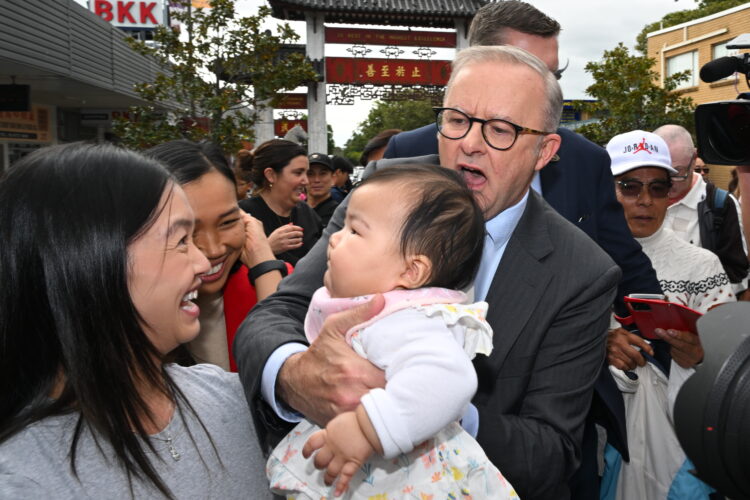Election 2025: Outer suburban stories, told by inner city journalists
It’s widely predicted that Saturday’s federal election will be decided by voters feeling the cost-of-living squeeze in the outer suburbs of our capital cities.
However, it is likely that those voters’ stories are being told by journalists who cannot relate to the struggles of Australians living in the commuter belt.
New analysis by The Australia Institute reveals that more than half of Australia’s eight and a half thousand journalists live in electorates classified by the Australian Electoral Commission as “inner metropolitan”.
The report, Where Do Journalists Live?, concludes that Australia’s news media – which has already seen a sharp decline in local outlets – is not well placed to cover an election that is likely to be decided in key battleground seats where so few of its journalists reside.
Key findings:
- Inner-metropolitan electorates are home to an average of 111 journalists, followed by provincial (41), rural (35) and outer-metropolitan (31) electorates.
- Seats held by Liberal and Nationals MPs have the lowest average number of journalists living in them, with Labor seats slightly above average and seats held by Greens and Independents having more than double the average.
- Few journalists live in electorates where most people speak a language other than English at home.
- The electorates with the most journalists are all in inner Sydney. They are: Sydney (411 journalists – Labor), Wentworth (394 – Independent), Grayndler (366 – Labor) and Warringah (268 – Independent).
- The electorates with the fewest journalists are all outer-metropolitan. They are: Calwell (4 journalists – VIC, Labor), Brand (7 – WA, Labor), Spence (9 – SA, Labor) and Holt (9 – VIC, Labor).
“It seems unlikely the Australian media is adequately prepared to cover an election fought in the outer suburbs where few reporters live,” said Stephen Long, Senior Fellow and Contributing Editor at The Australia Institute.
“The decline in local media has exacerbated the skewing of where journalists live to the inner city.
‘The death of news outlets in the outer suburbs and regions is not healthy in a democracy – and we need to look at new models to counter this trend.
“Australians need news that tells local stories and reflects the diversity of the country. To achieve that, they need journalists who live in a range of diverse locations.”


Loading form…